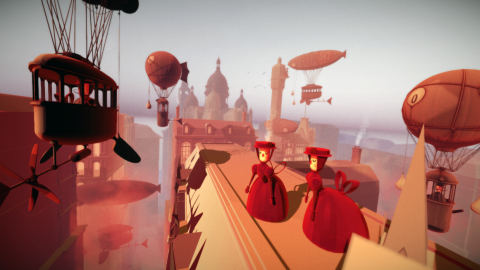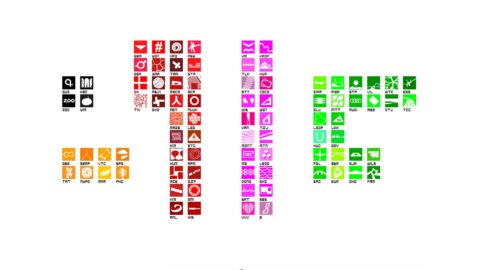
Oh damn, a game inspired by Albert Robida illustrations is on the way
Zipping along an elevated restaurant and opera house, there are flying cars, buses, and other ships. The sky is teeming with these vehicles, transporting Victorian-garbed folks to and from their destinations. This is the futuristic world envisioned by 19th century artist Albert Robida in Le Sortie de l’opéra en l’an 2000. This is the same world inspiring Voici, an upcoming game being created by Rotterdam-based designer Joost Eggermont. Under the backdrop of a retro-futuristic city, Voici oozes the same kind of playfulness and charm as found in many of Robida’s prescient works. Two years ago, while looking for visual inspiration,…







